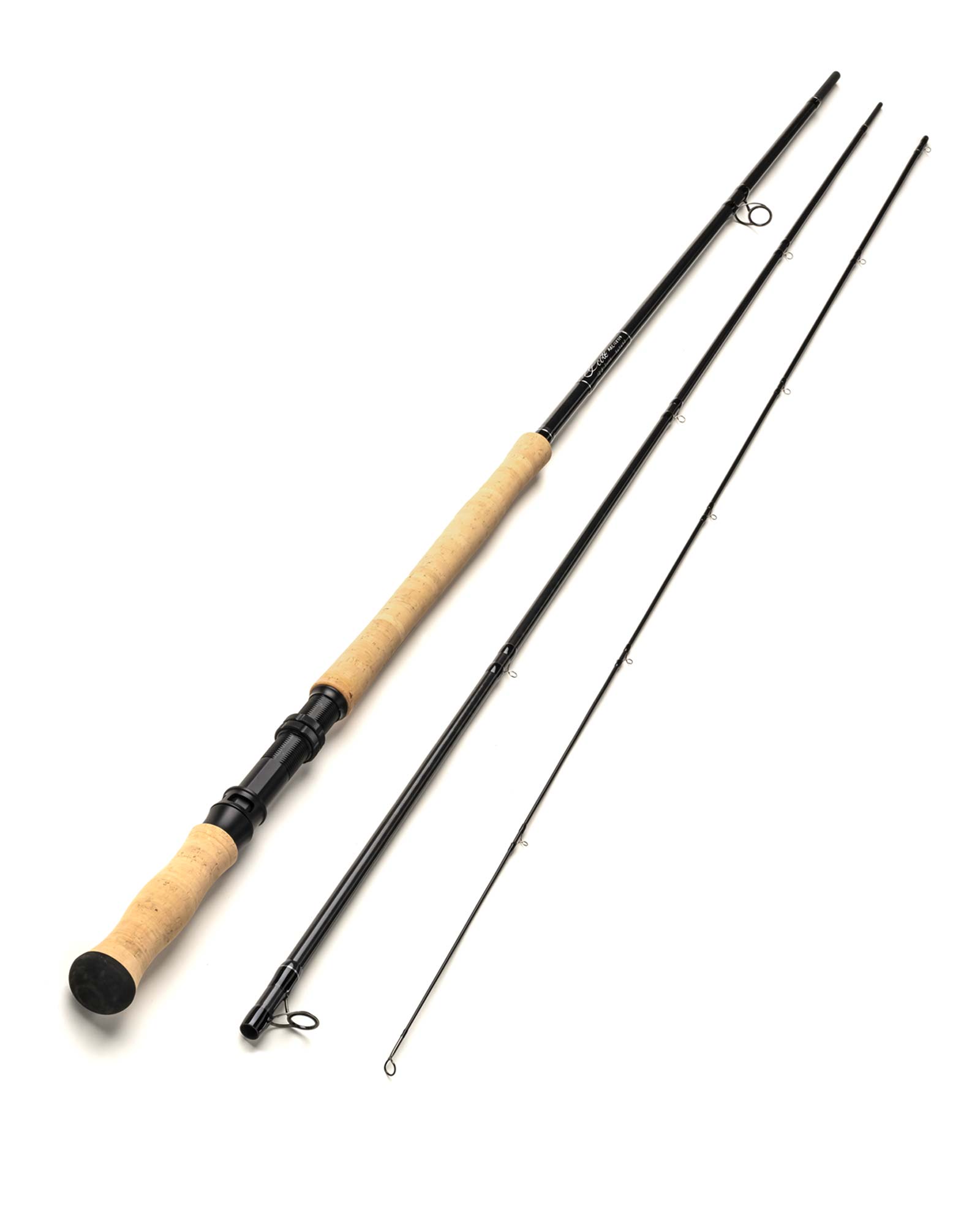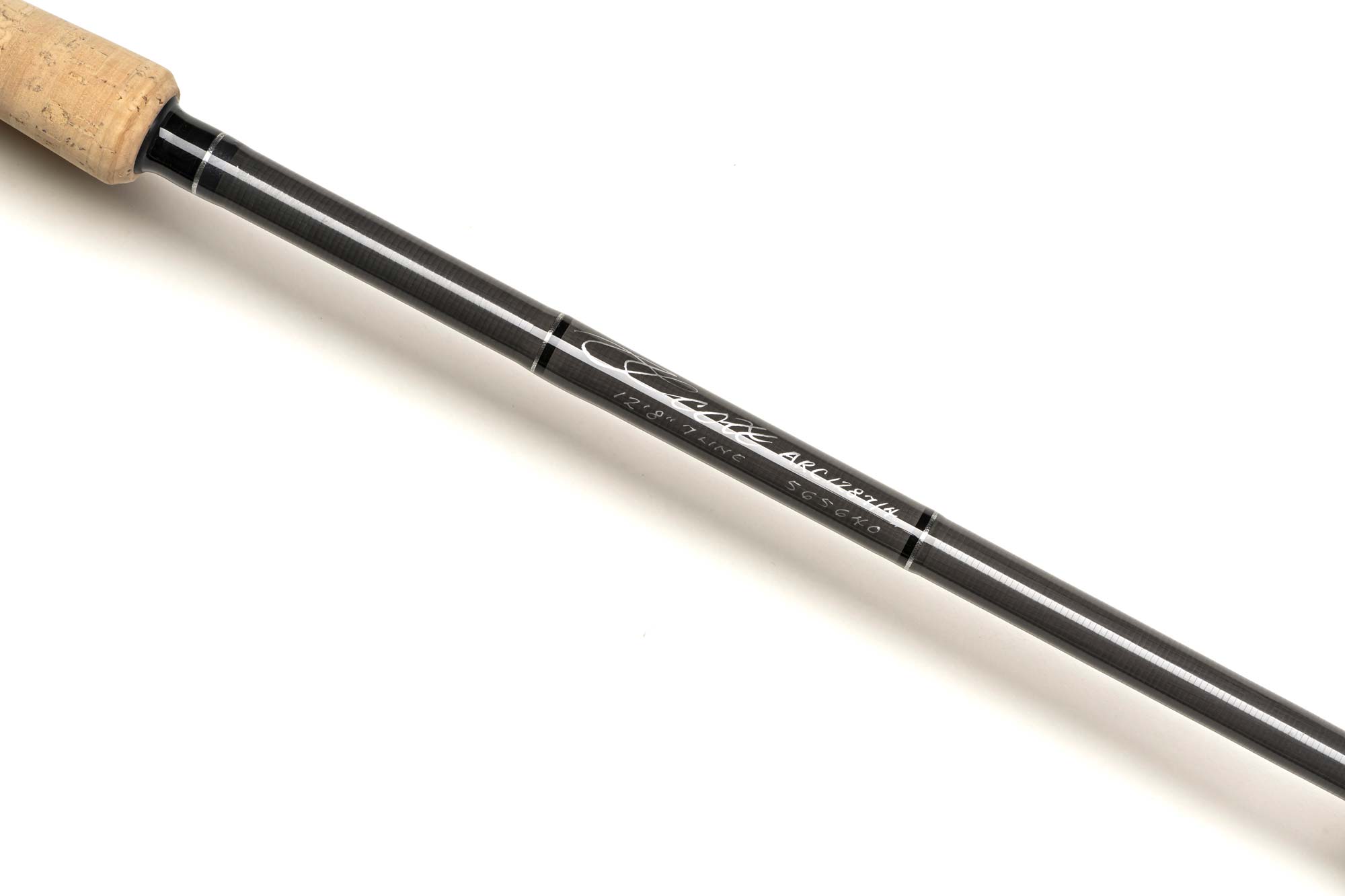$1,295.00
In stock
- Free US Shipping on Orders Over $200
- $75 International Shipping on Orders Over $600
Product Description
Scott ARC 1287-3, 50th Anniversary limited edition
12’8″ 7-weight, 3-piece two handed fly rod
comes with limited edition aluminum case and partitioned cloth liner
Reel seat: Milled aluminum, self indexing downlock with type 3 hardcoat
Guides: Titanium no tangle strippers with zirconia rings and Snake Brand snake guides with low glare finish
Rod designer: Larry Kenney
Why was it groundbreaking? The ARC series of single and double handed fly rods represented the first industry use of ARC reinforcement, a scrim material aligned off-axis to reinforce the blank’s hoop shape for greater stability, resilience and durability. Utilizing ARC in combination with Scott’s large-diameter blanks (with thin walls, lighter than competitors) allowed Larry Kenney to build long rods that felt much lighter than any previous steelhead/salmon series. There was, in fact, no comparison. ARC 2-handers changed our experience with 2-handed rods because they cast with the ease and intuition of single-handers. Originated when tactical Skagit and Scandi heads were abstractions in a spiral-bound notebook, ARC 2-handers were tuned to traditional, long-headed Spey lines.
Why is it timeless? This rod does everything well. There is nothing finer than making long, level cross-river casts with a true Spey line, but the irony is that this broadly-tuned 1990s 2-hander is more adaptable to both Skagit and Scandi heads than more specifically-designed modern rods. There is no need to ask whether this is a “Scandi” rod or a “Skagit” rod. Many of us who still fish our original ARC 2-handers freely interchange our modern heads with that old Spey line on the Hardy Marquis. They all cast well because the rod flexes evenly, so the angler may choose lines for the fishing, rather than the fly rod. This rod has a faster learning curve than almost any other 2-hander.



Reviews